13 Historic Letters and Diaries From Soldiers Now in Private Collections
Some of the most moving stories of war are not found in official reports but in personal letters and diaries. These writings show how soldiers dealt with long nights, moments of courage, and memories of home. Many of these items now rest in private collections, carefully preserved. Reading them helps connect the past with the present in a very personal way.
This post may contain affiliate links, which helps keep this content free. Please read our disclosure for more info.
Union soldier letter written April 15, 1865 by M. Fink
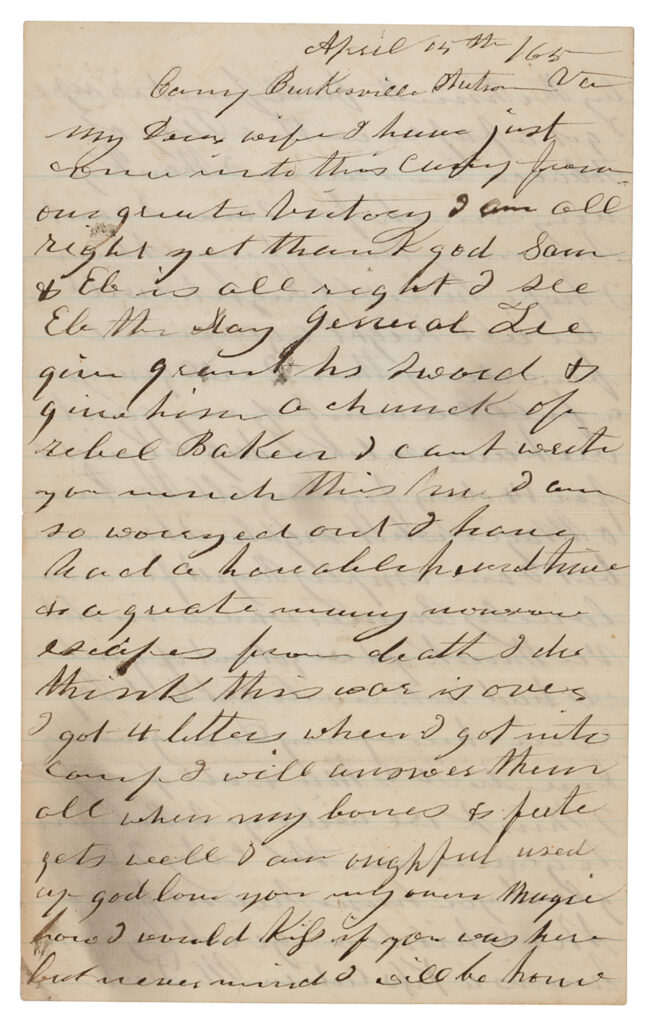
This Civil War letter was written at Burkeville Station Virginia on the day President Lincoln died. The writer signed as M. Fink and sent it to his wife. The camp setting and timing give it strong historical pull. It sold through RR Auction, which confirms authenticity and context. An estimated present value sits near three hundred to five hundred dollars based on the recorded sale at three hundred thirty four dollars.
Collectors like the clear date and the mention of Burkeville after Appomattox. Letters from the final days of the war tend to attract steady interest. Family content and daily details help non specialist readers connect with the past. Paper condition and legibility matter a lot to value. Expect the market to hold around that range unless new provenance emerges.
Union soldier letter describing Lee’s surrender by O. B. Clark
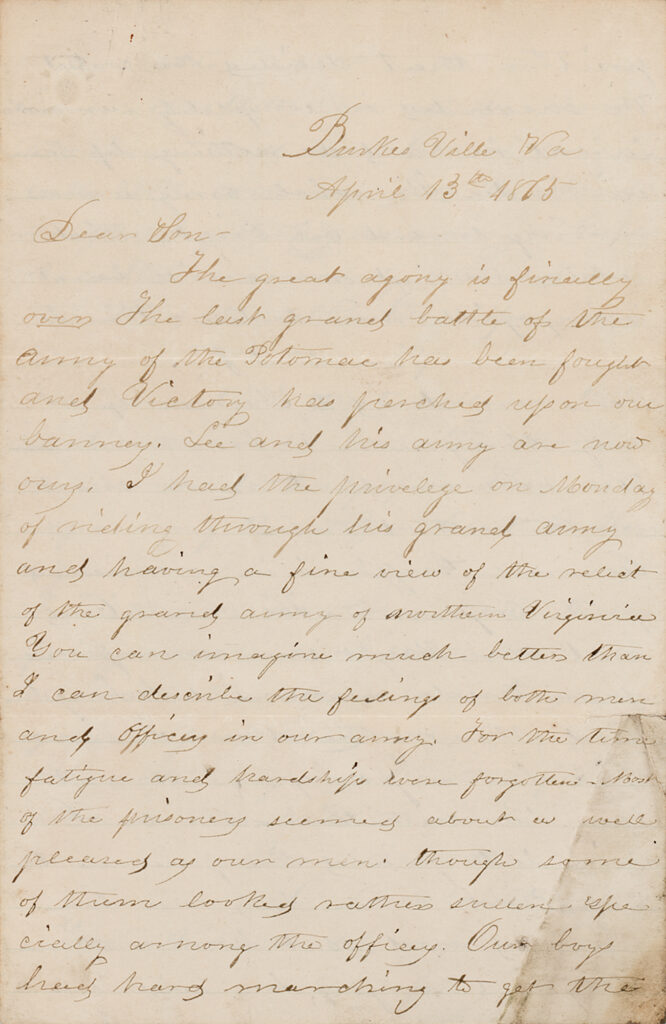
This three page letter dated April 13, 1865 references Appomattox from a Union soldier to his son. The firsthand voice places the reader in the closing week of the war. RR Auction recorded the sale, which adds confidence for collectors. The piece realized one thousand seven hundred nine dollars including premium. A fair estimate today would be in the one thousand five hundred to two thousand dollar range.
Buyers respond to named writers and directly dated events. The family link and multiple pages create depth beyond a single note. Clean ink and folded but stable paper keep it display ready. Late war Union material tied to surrender news sees healthy demand. Private owners often frame letters like this with a period photograph for context.
Confederate soldier letter July 29, 1861 from a field hospital
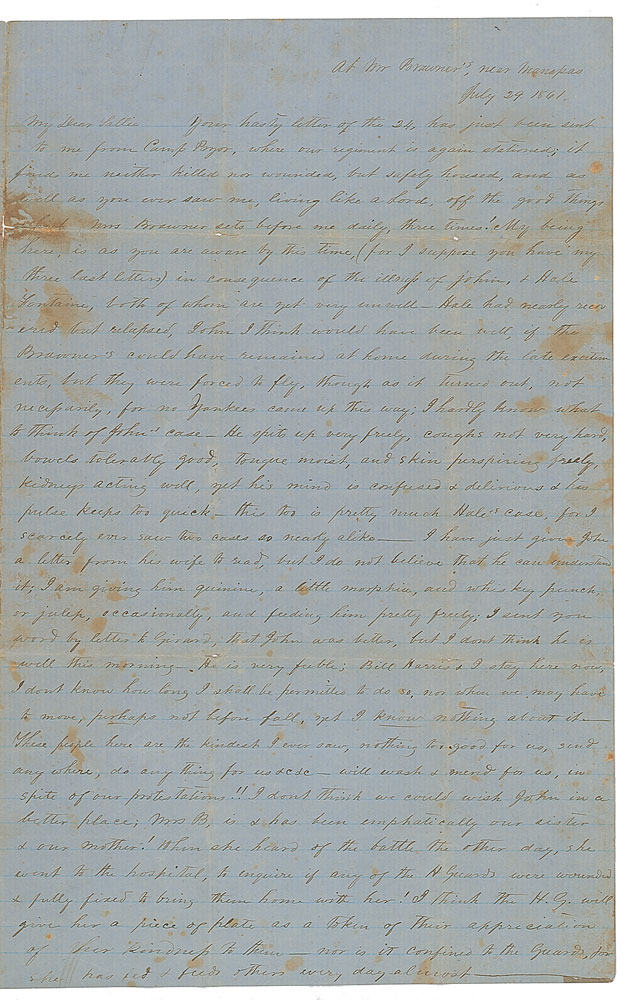
This four page letter was penned just after First Bull Run by a Home Guard member in Henry County Virginia. It describes care for a wounded man and mentions medicines like quinine and whisky punch. The medical detail gives vivid insight into early war realities. RR Auction cataloged the piece and its timing is compelling. A current estimate sits around four hundred to eight hundred dollars based on similar early war Confederate letters.
Collectors look for early dates and field hospital scenes. Mentions of named places or units can lift value. Condition and clear signatures help when authenticating. Single letters from lesser known soldiers trade mainly on content strength. Private holders may pair it with a period medical kit for display.
Group of Civil War letters and papers from various regiments
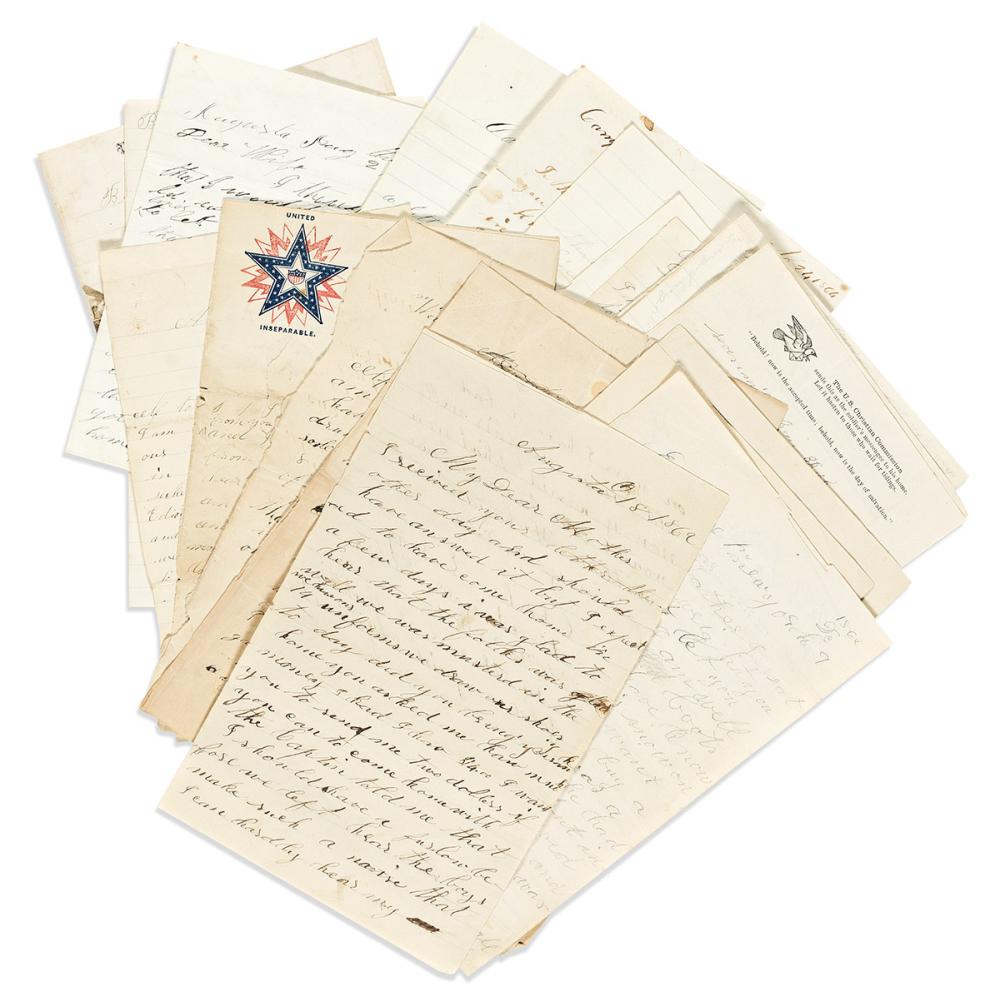
Swann Galleries offered more than one hundred forty items dated 1861 to 1865. Such mixed lots often include camp news, pay issues, and skirmish mentions. Variety appeals to readers and teachers who build exhibits at home. The auction venue is known for historical papers which encourages careful cataloging. A present estimate would be two thousand to five thousand dollars depending on standout pieces within the box.
Private owners may keep the group intact for study. They might also frame a few standout letters and store the balance. Content tied to named battles or famous officers can raise the top end. Handwriting clarity and complete covers with stamps add charm. Provenance notes from prior collections help trace the path of ownership.
Archive of thirty one Civil War soldier letters to families
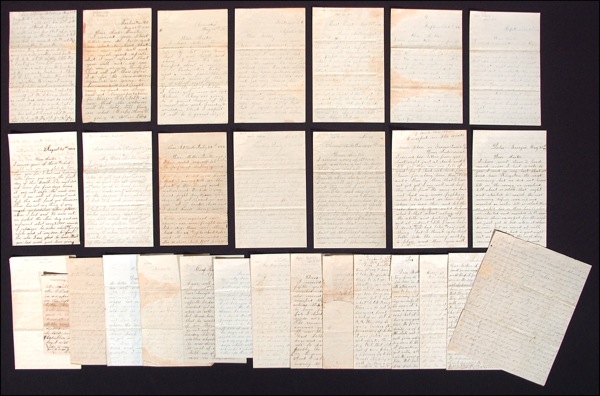
This group spans 1862 through 1865 and brings many voices from both camps of the war. RR Auction presented the archive with family directed content and varied formats. Large lots like this often go to private collections that enjoy curation at home. Value benefits from the breadth of topics and dates. A sensible estimate is one thousand to three thousand dollars depending on names and condition.
Grouped letters give a fuller picture than a lone page. They can be organized by battle or by writer for study. Even short notes add weight when combined with longer reports. Dealers sometimes split archives, which can affect future research. A complete group with envelopes keeps collector interest strong.
Maryland related Civil War letters from the Arthur G. Barrett collection
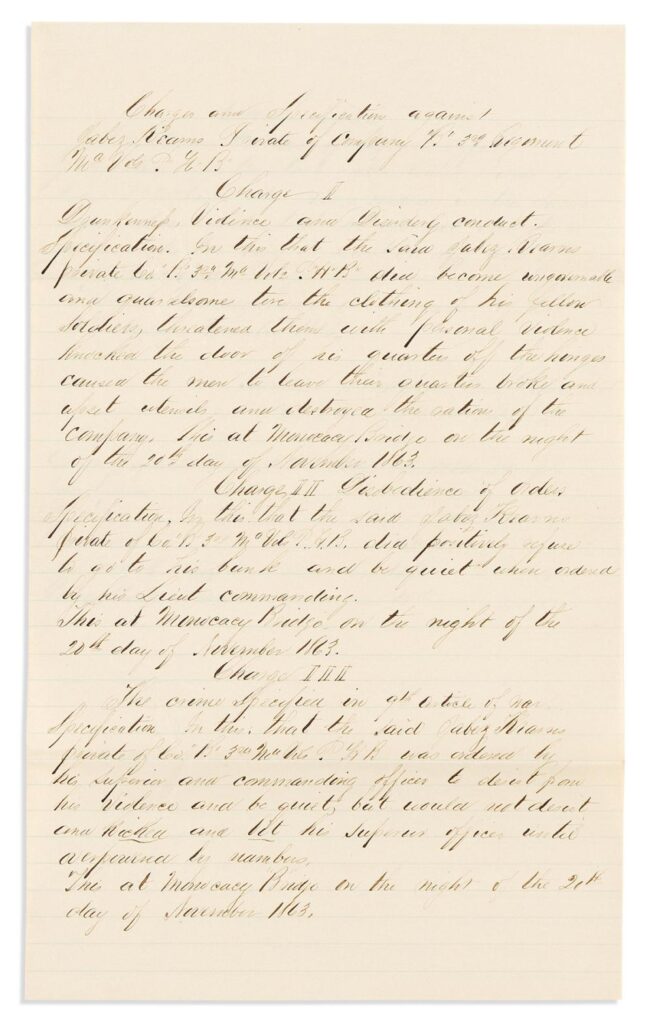
This lot included letters and documents tied to Maryland units and themes. Swann Galleries recorded provenance to collector Arthur G. Gil Barrett. Regional focus attracts buyers with family ties or local history interests. Mixed document sets offer maps, orders, and personal notes in one purchase. A reasonable estimate would be one thousand to three thousand dollars depending on content depth.
Maryland saw divided loyalties, which adds human interest to these pages. Collectors enjoy tracing names across census and service records. Paper preservation and absence of heavy staining matter to display plans. Envelopes with clear cancellations add postal history value. Private collections often keep such regional sets together for community talks.
First World War Somme diary of Private Arthur Edward Diggens
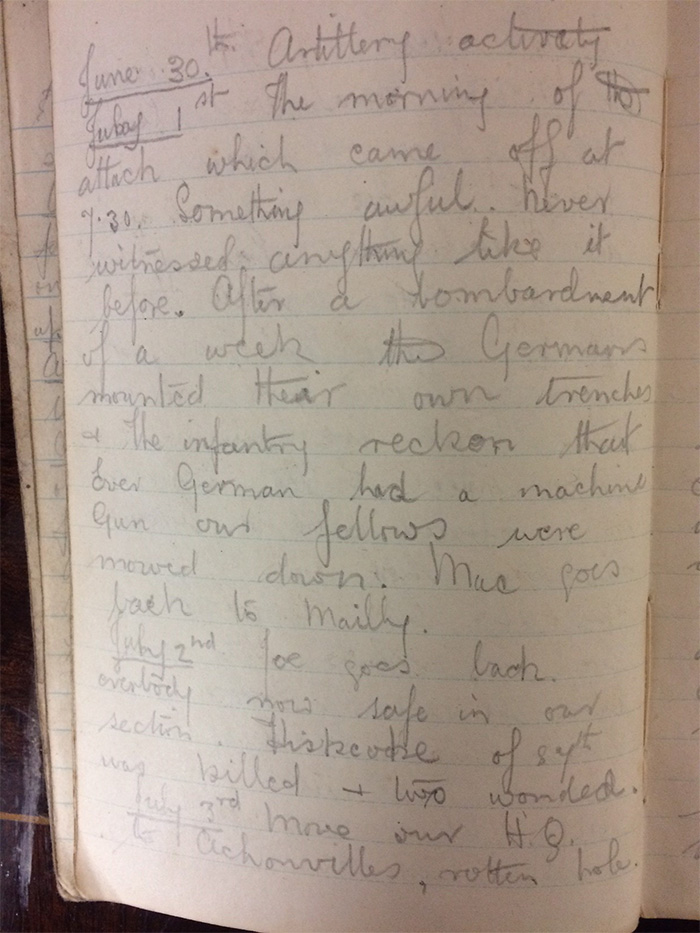
This personal diary covered the 1916 Somme fighting and was found in a Midlands barn. It sold at auction for two thousand six hundred pounds in 2020. The news report confirms sale and author while noting strong interest. Converting to dollars places the realized price roughly near three thousand to four thousand depending on exchange at the time. A present estimate would track that band for a comparable example.
War diaries with named authors and battle dates draw steady attention. The survival story adds emotional weight for many buyers. Short daily entries make it easy to read and quote. Condition after barn storage surprisingly remained serviceable. Private owners often digitize pages to protect the original.
Illustrated diary of a German World War II soldier
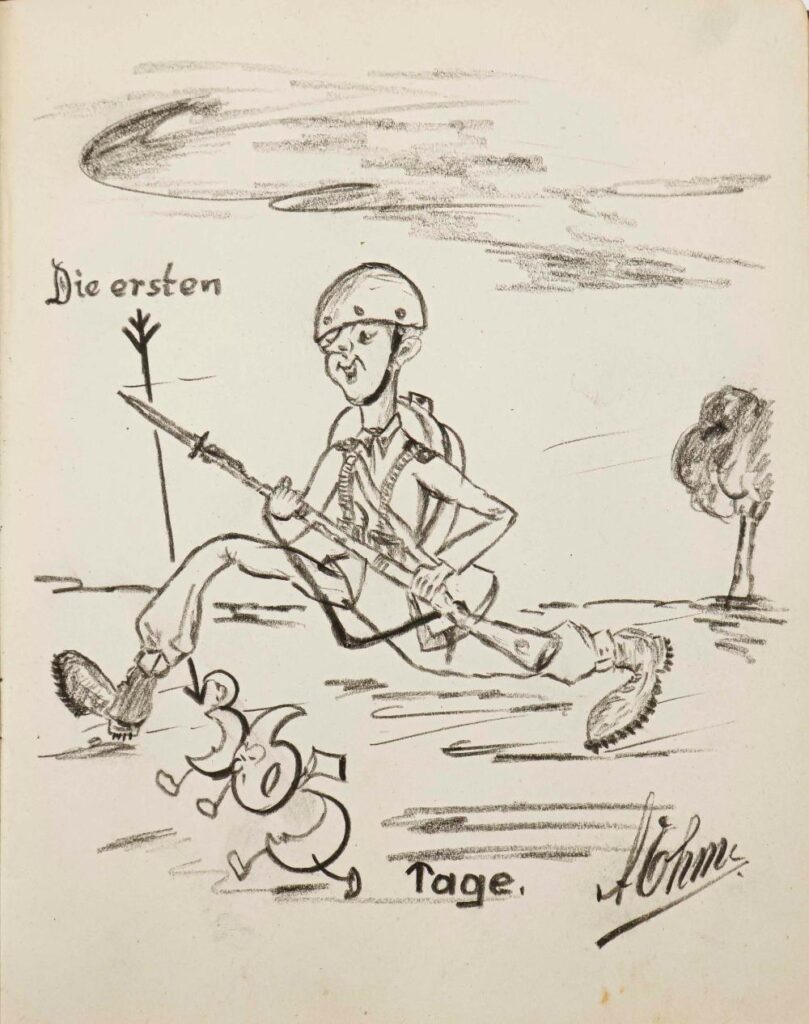
This small Tagebuch includes twenty five pages of pencil and charcoal drawings along with messages from comrades. Alex Autographs described a red leatherette cover with a working lock and key. Art inside a soldier diary adds a special layer for collectors. The listing did not show a final price but placed emphasis on clean interior pages. A careful estimate would be eight hundred to one thousand five hundred dollars based on similar illustrated field books. ([Alexander Historical Auctions][9])
Buyers enjoy caricatures and camp scenes that show daily life. Dedication pages from multiple hands add a unit feel. Wear at the spine is typical and rarely blocks interest. The compact size makes it easy to display in a case. Private owners sometimes translate captions to share with family and friends. ([Alexander Historical Auctions][9])
Archive of illustrated diaries written by Japanese soldiers in World War II
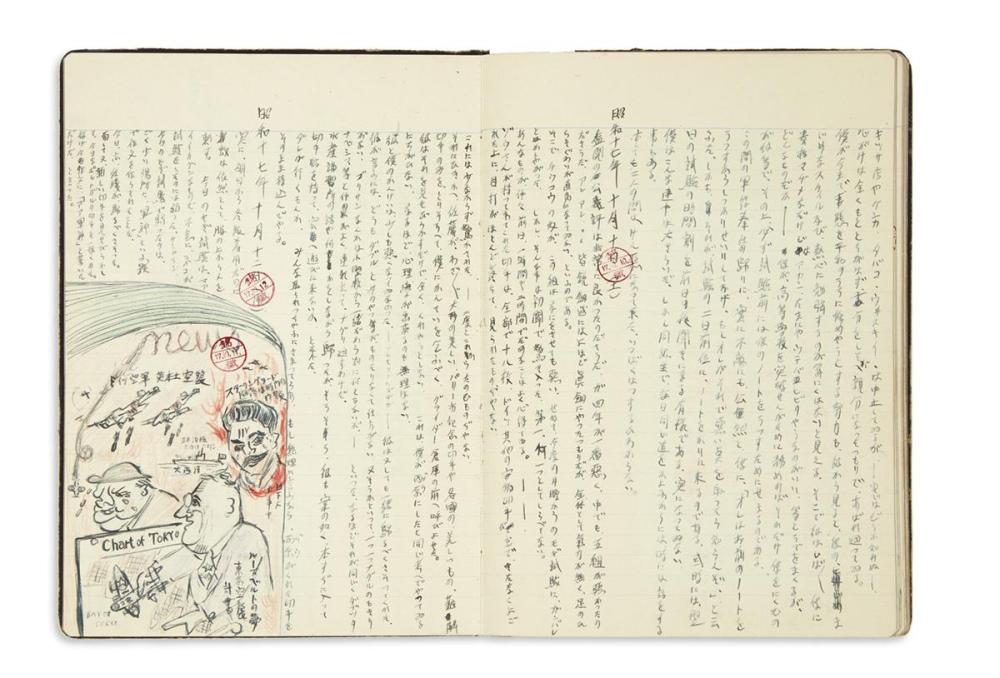
Swann Galleries described fifteen neatly kept diaries with narrative drawings and mixed Japanese and partial English. Sets like this show movement across islands and ships. The scale invites deeper reading and classroom use at home. Price depends on how much battle detail and art appears across volumes. A reasonable estimate is two thousand to five thousand dollars for a full group of this size.
Multiple hands and consistent sizes help shelving and care. Unit stamps or named locations can push interest higher. Illustrations become talking points when sharing with guests. Condition across many volumes matters more than perfection in one. Private holders often scan pages to create a searchable family copy.
Letters including Virginia and Tennessee with Wetherbee family links
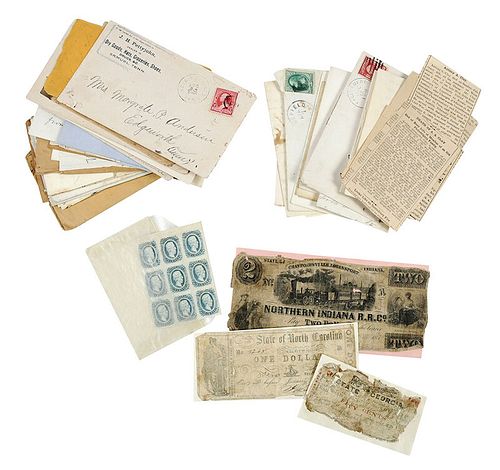
Brunk Auctions described multiple letters tied to the 103rd Ohio Volunteer Infantry and other locations. Dates include December 1864 and March 1864 with clear places listed. Family networks give a thread through the papers. Mixed envelopes and letters make a small but meaningful set for home study. An estimate of three hundred to eight hundred dollars fits similar mixed unit letters.
Regional letters let readers trace routes through wartime America. Names in the text can be checked against service rolls. A clean cancellation on a cover offers postal interest. Private collections often keep such groups together with a binder. Clear plastic sleeves and acid free paper keep the items safe.
Chinese soldier diary from the Korean War
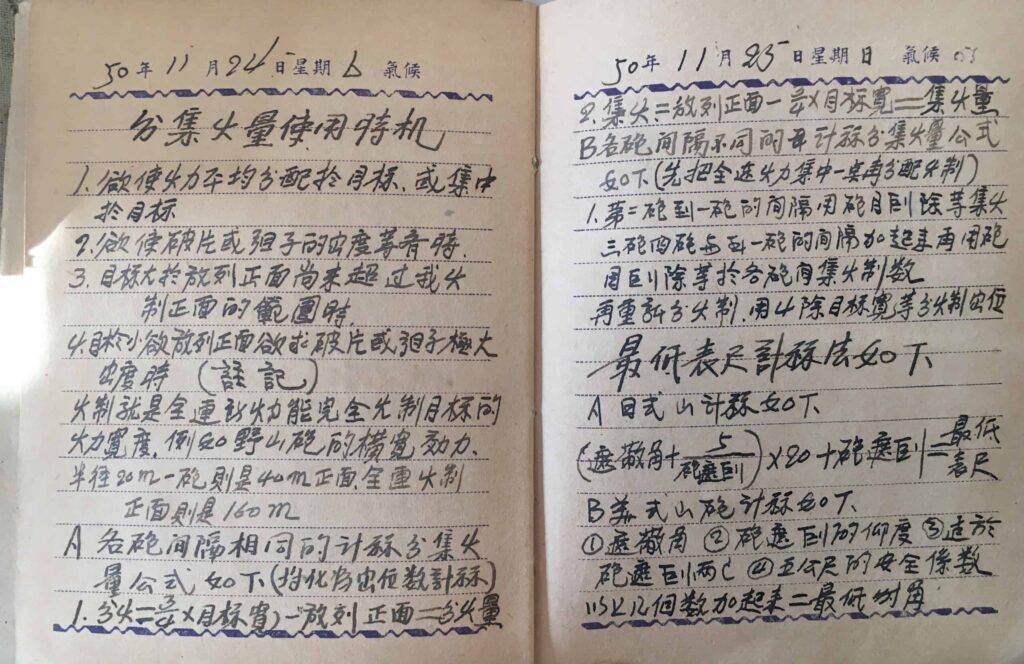
This diary includes entries through November 25, 1950 with photographs. The dealer Enemy Militaria recorded that it sold after listing at three hundred forty nine dollars and thirty cents during a sale. Personal photos add strong context to short entries. Early Korean War material remains scarcer than later items. A present estimate would sit roughly in the three hundred to six hundred dollar band for a similar complete diary with images.
Collectors value the shift from Nationalist uniform to CPV uniform mentioned in the description. Visual evidence anchors the written notes. Language and place names invite research for modern readers. Paper condition appears very good which supports long term storage. Private owners may add a brief translation to help non Chinese readers enjoy it.
Revolutionary War soldier letter of recommendation
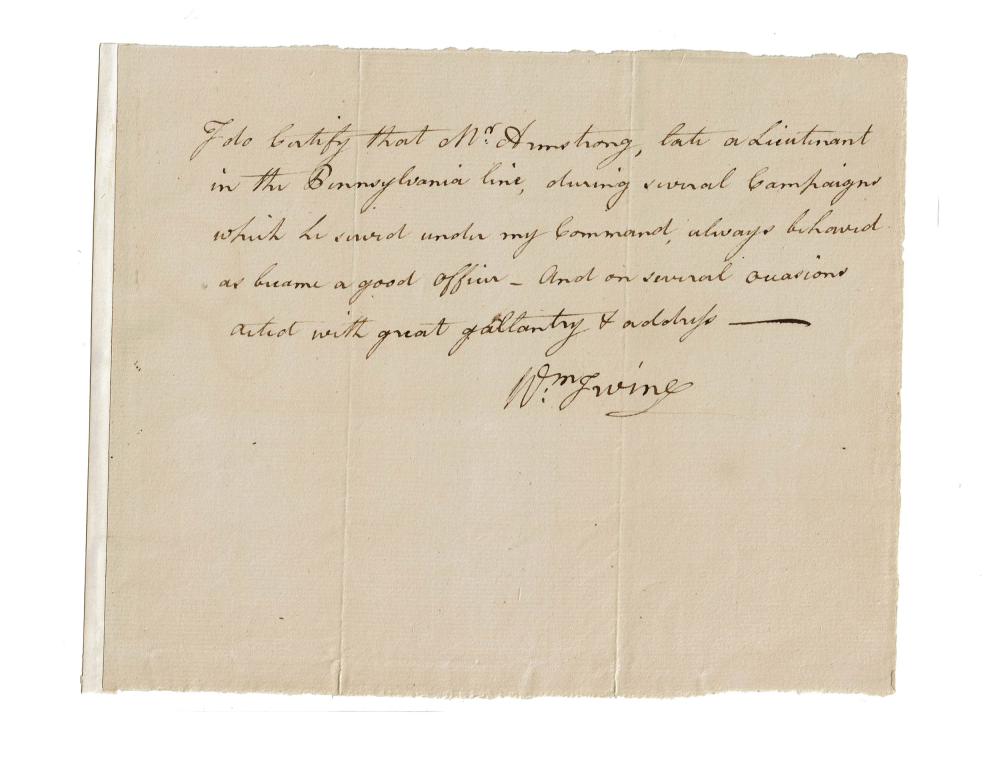
University Archives offered a letter tied to a Revolutionary War soldier. These documents often speak to service, rank, and character. Revolutionary War pieces carry broad appeal to many private buyers. Price varies widely with signers and locations. A cautious estimate sits in the one thousand to three thousand dollar range for a soldier focused content letter.
Collectors watch for clear names that can be traced to muster rolls. Paper watermarks and period ink support confidence. Folds and minor edge wear are normal for the age. A readable hand matters since display often favors open spreads. Private owners sometimes pair the letter with a reproduction musket tag for context.
This article originally appeared on Avocadu.
